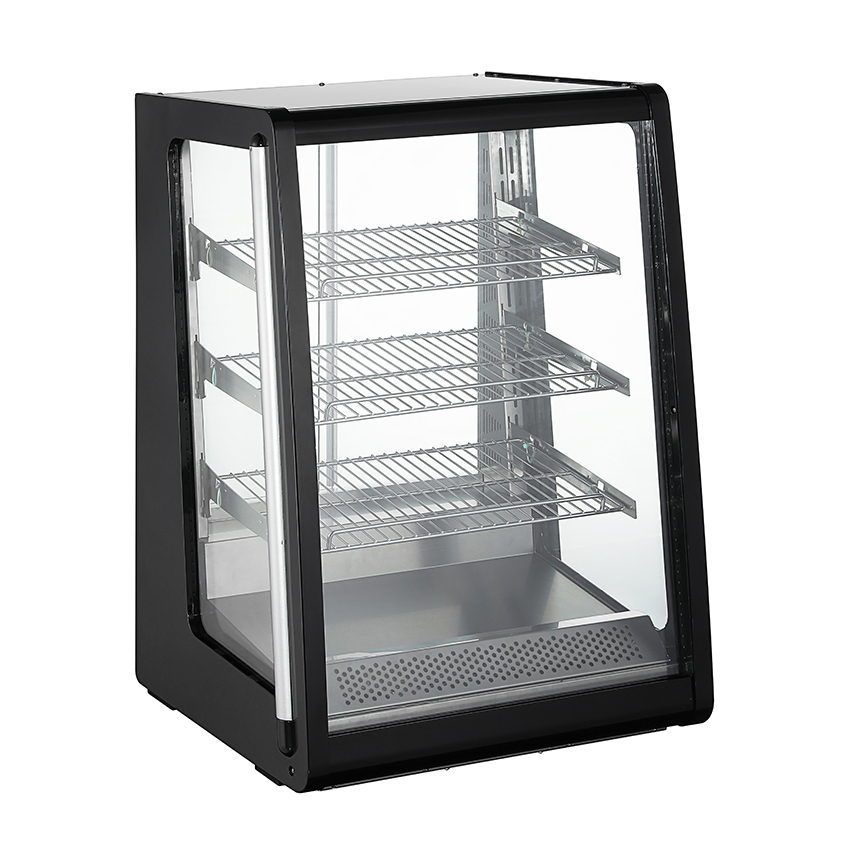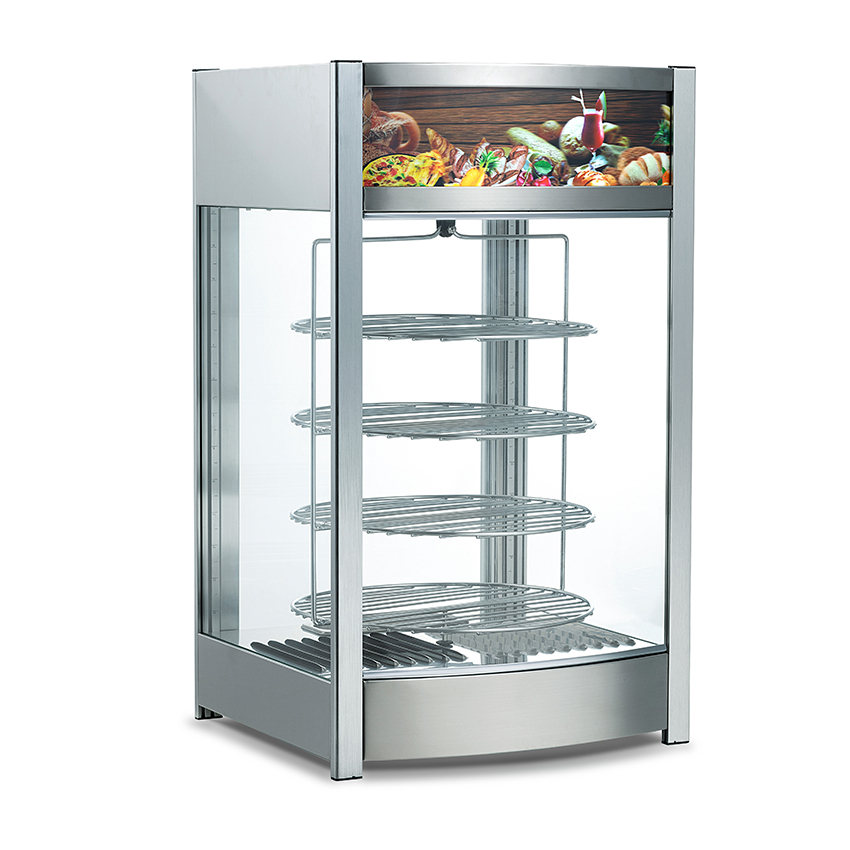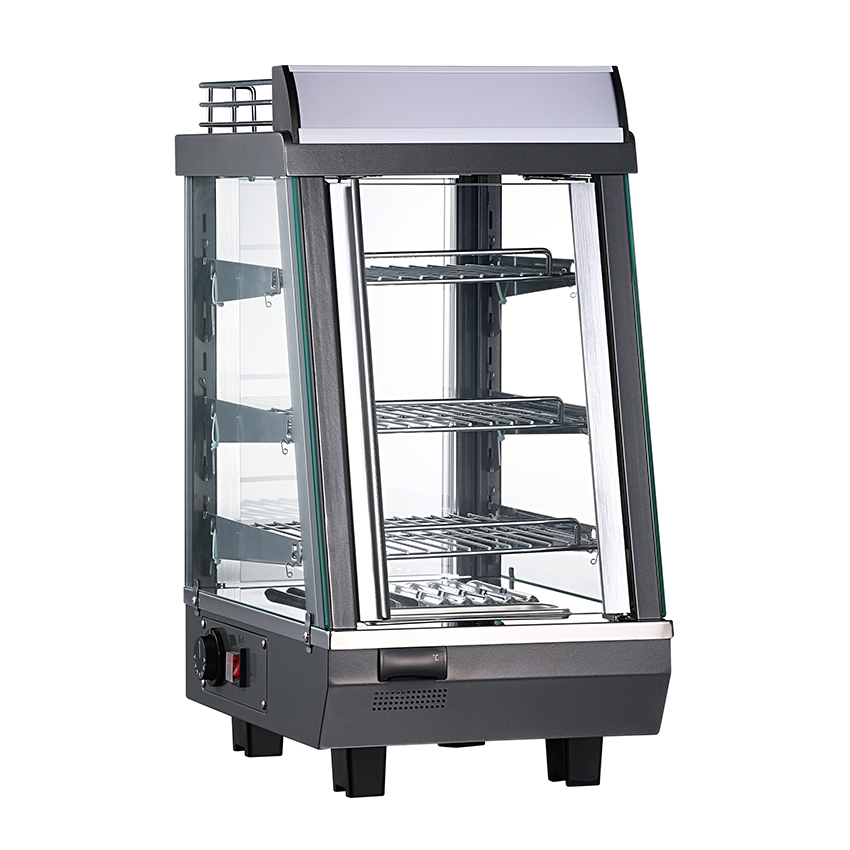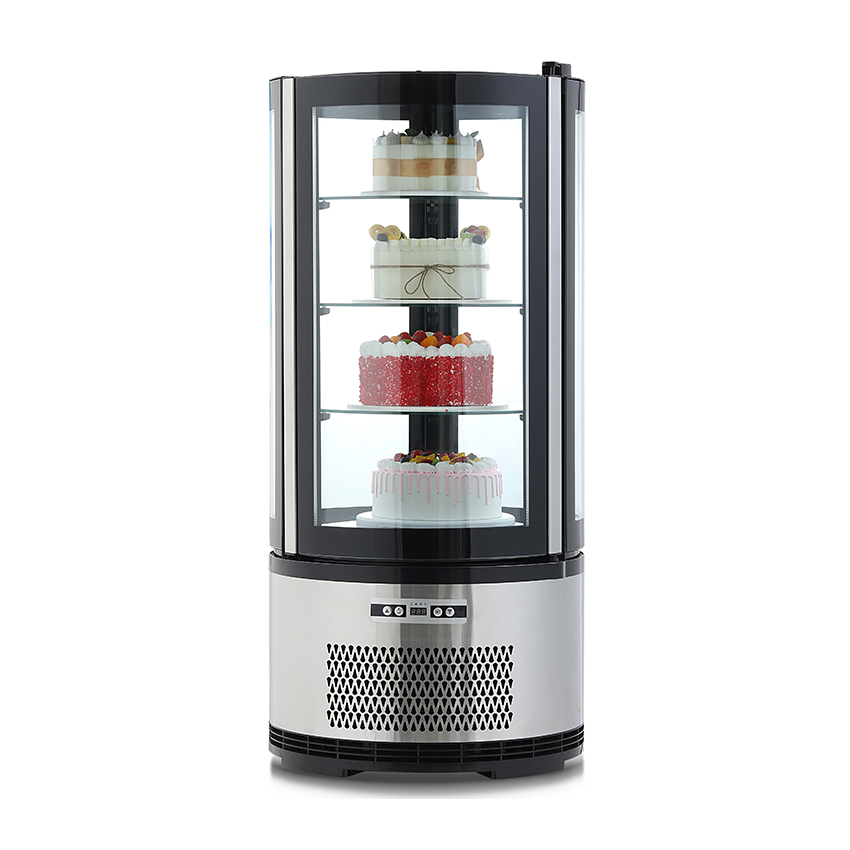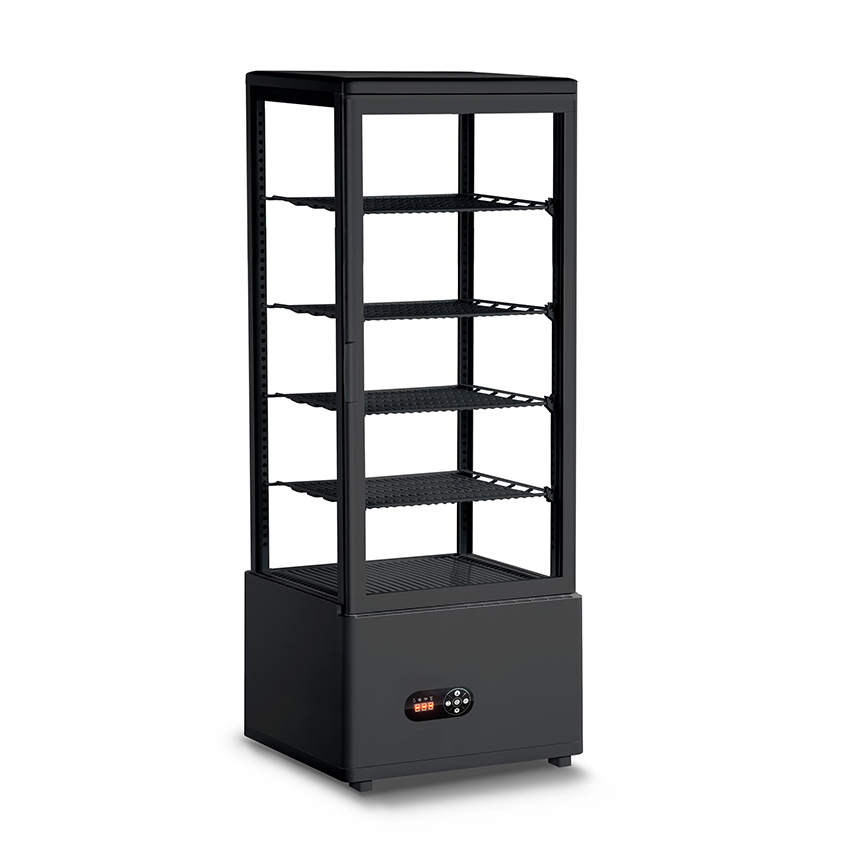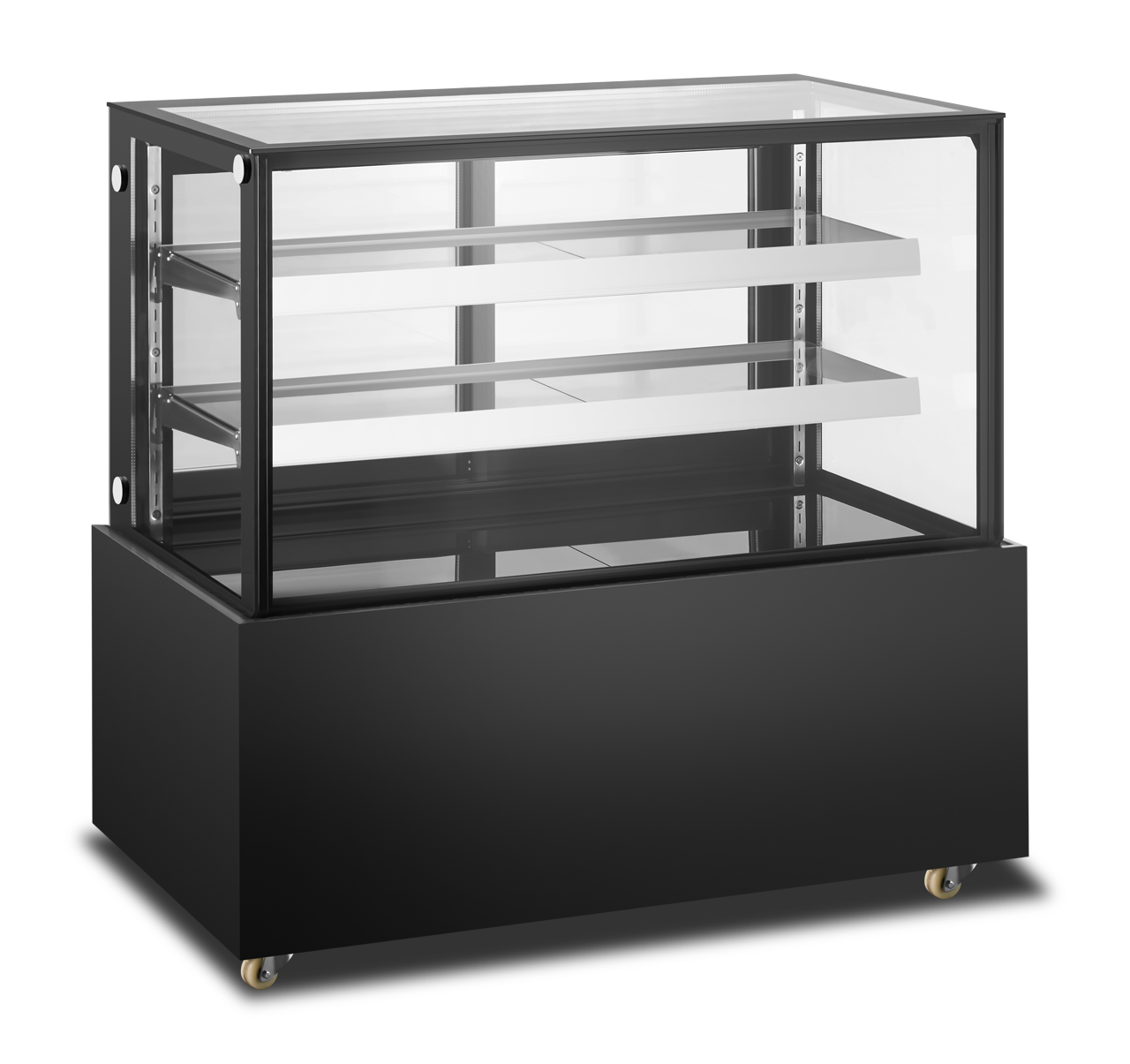Tabletop hot cabinets combine cooling and heating functions, enabling quick transitions between physical storage and heating. Their operation is simple and straightforward; simply follow the instructions to start, stop, and adjust the temperature. Furthermore, tabletop hot cabinets offer functions such as heat preservation, temperature control, and defrosting to meet the specific storage needs of different foods.
When choosing the right tabletop hot cabinet (for food preservation, display, or laboratory heating), consider factors such as application, capacity, temperature control performance, energy efficiency, and safety.
1. Identify the purpose
Food industry
Tabletop hot cabinet: Maintain the temperature of cooked food and fast food (such as hamburgers and pizza), the temperature range is usually 60~85℃.
Proofing cabinet: Bakery dough fermentation, requires a constant temperature of 30~40℃ and controllable humidity.
Laboratory/medical
Sample insulation or drying, requires precise temperature control (such as room temperature~200℃) and anti-corrosion materials.
Other uses
Electronic component aging test, cosmetic stability test, etc.
2. Core purchasing parameters
(1). Temperature range and uniformity
Range: Select according to needs (food insulation is generally ≤100℃, industrial use may be higher).
Uniformity: The temperature difference of a high-quality hot cabinet should be ≤±2℃ (to avoid local overheating), check whether there is fan-assisted circulation.
(2). Capacity and size
Shelf design: Adjustable shelves are more flexible (such as placing lunch boxes or equipment of different heights).
Internal space: Select according to the maximum daily demand (such as the number of reference trays for food cabinets).
(3). Material and hygiene
Inner liner: Stainless steel (304 food grade) is easy to clean and corrosion-resistant; galvanized steel is low-cost but has a short lifespan.
Sealing: Cabinets with glass doors have better insulation, are dust-proof and anti-bacteria (suitable for laboratories).
(4). Energy efficiency and power
Power: Small desktop cabinets usually have 300~800W. High power heats up quickly but consumes more electricity.
Energy-saving design: Choose one with an insulation layer (such as polyurethane foam) or an automatic sleep function.
(5). Control method
Mechanical knob: simple operation and low cost (suitable for basic models).
Digital temperature control: precise setting and programmable (suitable for laboratories).
3. Safety Operation Guide for Desktop Hot Cabinets
(1) Safety Inspection before Use
Check the power supply and circuits
Make sure the power supply voltage matches the rated voltage of the hot cabinet (e.g. 220V/50Hz).
Check if the power cord is damaged to avoid the risk of short circuit or leakage.
Use a three-pin socket with a ground wire to prevent static electricity or leakage.
Check the cabinet structure
Make sure the cabinet door is well sealed to avoid heat loss or burns.
Check if the internal shelves are stable to prevent items from slipping.
Confirm that the temperature control system is normal
When using for the first time or not in use for a long time, run it at no load and observe whether the temperature is stable.
Test the over-temperature protection function (e.g. set 100℃ and observe whether it automatically cuts off the power).
(2) Safety regulations during use
Food hot cabinets:
Food should be covered or covered with plastic wrap to prevent moisture evaporation and affect the taste.
Avoid stacking too densely and ensure uniform hot air circulation.
Laboratory/industrial hot cabinets:
Do not put in flammable and explosive items (e.g. alcohol, organic solvents). Corrosive samples require corrosion-resistant containers (such as ceramic or stainless steel). Temperature setting and management: Set the appropriate temperature according to the needs (food is generally ≤85℃, and the laboratory adjusts according to the standard). Avoid frequent temperature adjustment to avoid affecting the life of the heating element. Use a thermometer for regular calibration to prevent overheating caused by temperature control failure.
(3). Prevent burns and fire
Wear heat-resistant gloves during operation and avoid direct contact with hot surfaces.
Leave at least 10cm of heat dissipation space around the hot cabinet and keep away from flammable materials (such as paper and plastic).
Avoid long-term high-temperature operation when unattended (timed shutdown can be set).
(4). Handling abnormal situations
Smoke or odor: immediately turn off the power, ventilate and check whether there is any food burnt or circuit failure.
Temperature out of control: If the temperature control fails, manually turn off the power and contact after-sales service.
Leakage: Immediately unplug the power and check whether the circuit or grounding is normal.


 English
English русский
русский Español
Español Français
Français عربى
عربى italiano
italiano
